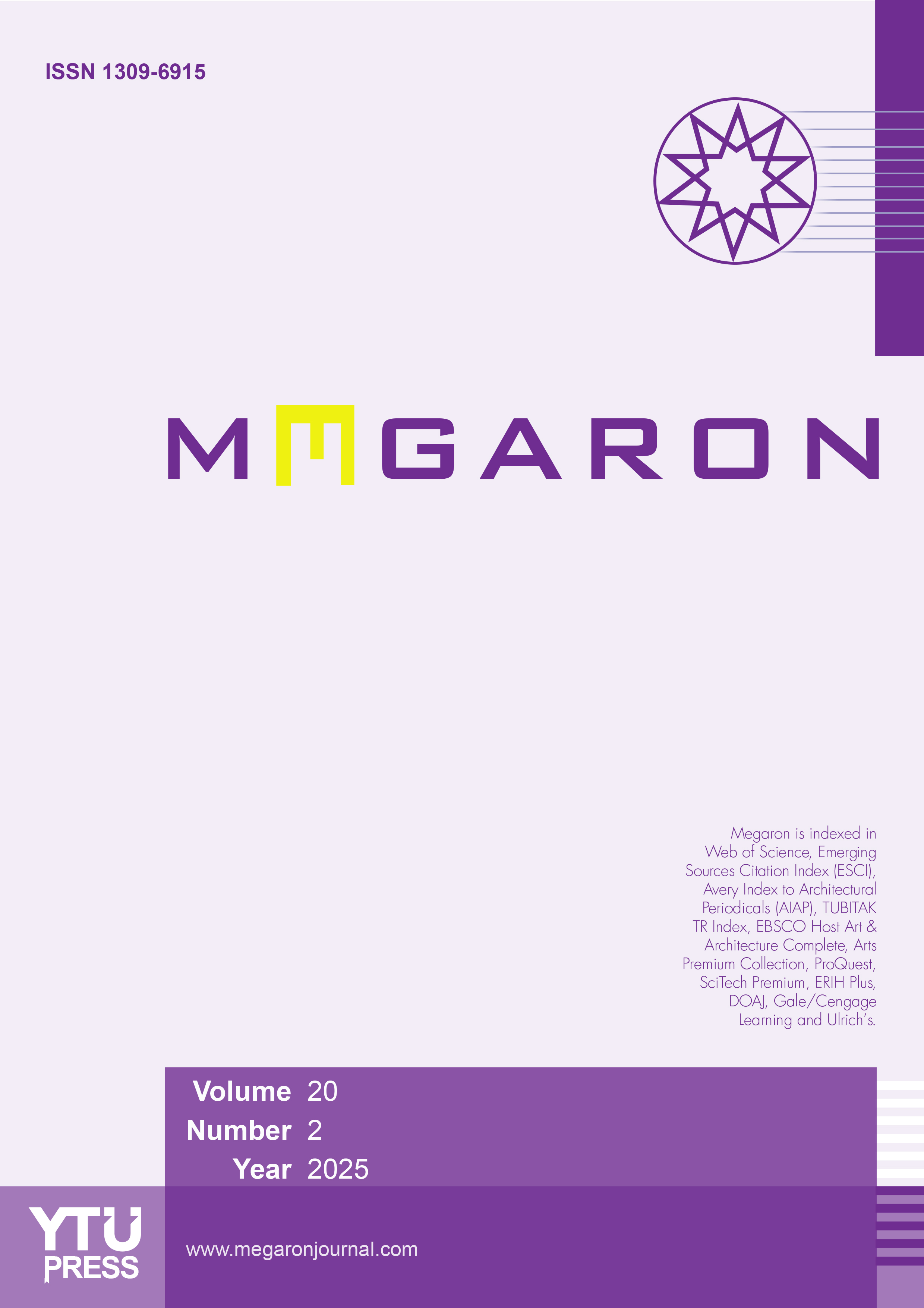Quick Search
Index and Coverage
Volume: 2 Issue: 4 - 2007
| ARTICLE | |
| 1. | An Examination Of Istanbul Schools Of The Spatial Requirements Required By The Educational Model Applied To Eight-Year Basic Education School Candan Çınar, Füsun Çizmeci, Zafer Akdemir Pages 188 - 203 The study is made up of three main sections. In the first section the changes that primary education went through from the establishment of the Republic in Turkey until today have been examined with attention to the socio-economic and political conditions that the country was experiencing. In a later section of the study the conditions that show the spatial requirements of the primary schools are first set out with their priorities; then later how the educational buildings that experienced transformation in the primary education process were considered. In the last section of the study, the developmental period in the primary education system in general that is taken up separately in the first section was reduced to the particular characteristics of Istanbul province. |
| 2. | The Concept Of Revalorization In Historical Environments Dr. F. Pınar Arabacıoğlu, Prof. Işık Aydemir Pages 204 - 212 Historical environments are the expression of accumulations according to their reflection of social, cultural and economic structures, life styles and philosophy in the past. Also, they do express these accumulations due to the accuracy in the way they combine the relationship between nature-building and human being-building. Lack of order and planning within the structures that arise because of the rapid urbanization and population growth, leads to the damage of the historical environment, even its destruction. Therefore, it is an inevitable fact that the concept “revalorization” is becoming more important and prevalent besides the restoration and preservation activities in this field. Within the framework of this study, first of all, the concepts of historical environment, historical urban tissue and awareness of historical environment are trying to be explained. Thus, it’s been underlined with reasons that the revalorization of history and the revival of life within these historical places are important. Today the concept of “qualified design” is highly questionable. Therefore, the problem of quality on difficult decisions such as revalorization studies is getting more significant. This situation leads to the necessity in the work of analysis of method recommendations. |
| 3. | Urban Forests As Recreational Areas: A Case Study In Istanbul Şerafeddin Uslu, Tülay Ayaşlıgil Pages 213 - 236 The parks, children play areas, sports areas and the other recreation areas, which are the natural consequences of urbanization, are insufficient for the urban people in order to abandon the negative effects of urban life such as stress, traffic, noise, etc and by means of physical and psychological renovation. Today, urban people’s trends for visiting natural places increase both in developed countries and in our country. Demands for visiting different natural places and the desire of receding from the urban in the spare times increase the urban forests’ importance recreationally. In this thesis, forests, urban forests and urban forestry, recreation and forest recreation concepts, which constitute the basis of this research subject, were analyzed according to different sources and different bodies. Especially, urban forest and urban forestry concepts were analyzed according to the historical development process both in our country and in foreign countries and the samples from foreign countries have been taken place in this study. The characteristics and criteria of urban forests, their essentiality for the urban and urban people, various additional values and roles of them for urbanized residence places have been stated and the different recreational usage areas have been explicated. In the direction of all these explications, the sample areas that were used recreationally in Istanbul example were analyzed and in the result of these analyses, some suggestions were developed by means of sample areas recreationally and functionally. |
| 4. | The Uses Of Digital Design And Manufacturing Tehniques In Architectural Design Process Fulya Özsel Akipek, Necati İnceoğlu Pages 237 - 253 Digital design medium has various potentials other than traditional drafting environment, for the designer. In this paper, a framework is set which covers the uses of digital design and manufacturing techniques in architectural design process; focusing on parametric design, algorithmic design, animation and performance analysis in early design phase via their applications in praxis. This framework sets the conceptual infrastructure entailed for a structured discussion on the impacts of these technologies on architecture; changing of concepts, design approach and role players in architecture are evaluated in the conclusions. |
| 5. | Socio-Cultural Dimension Of Design Mehtap Sağocak Pages 254 - 265 Design objects created by both technic and culture are the products forming the human life. In this study, the sociocultural roles and changing meanings of the design objects are analyzed in the context of the economic relations based on production and consumption, global politics of culture, tecnological developments and transforming social behaviours and life-styles during the time from crafts period to the industrial period; from post-industrial period to the information society of today. Besides the negative effects of living crisis of culture are brought to attention and the dimension of meaning of design objects in our lives to be discussed in general. |








